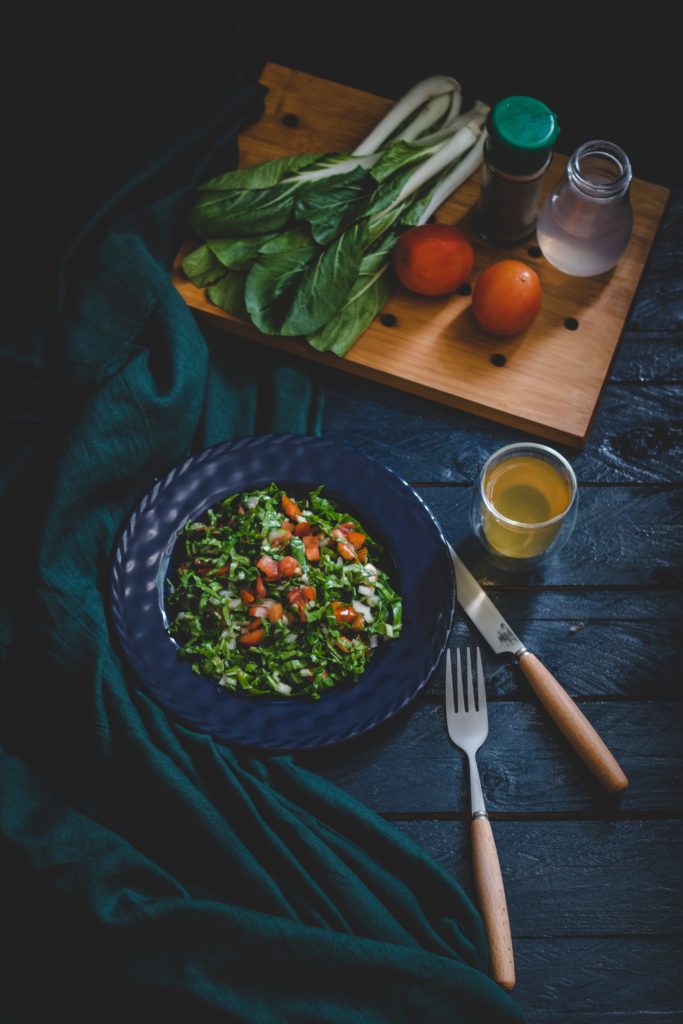Paleo Unveiled— Meal Guide & Planning Made Easy
What is a Paleo Meal Plan?
The term ‘Paleo’ has been one of the most influential words and diet trends across both social media platforms and the health and wellness industry over the last five years. It seems like this diet secured the spotlight in every aspect of life, spiraling from a diet trend and making a complete ‘360’ entirely; to a way of living life. Quite frankly, you’ve probably been bombarded by the word one too many times in your Instagram feed because let’s face it, the term ‘Paleo’ and ‘Paleo Meal Plans’ are EVERYWHERE. Below is a graph from Google Trends for the last decade for the words “What is Paleo diet” (Figure 1).
Figure 1. Google Trends. 12th August 2018.
It’s fair to say from Figure 2 that, except for the past seven years, the Paleo diet was virtually unknown to mostly everyone.
Bottom line, the Paleo Diet has earned a great reputation; and with that, there’s a lot of misinformation floating around. Bloggers are constantly developing ‘Paleo Friendly’ recipes, but one would assume it would be relatable; why aren’t we familiarized with its basic principles? Am certain that you may not grasp the concept — period. It’s for this very reason, this article is geared at explaining factors surrounding this exclusive diet plan.
Foods Considered ‘Paleolithic’
Cave Man Diet and Stone-Age Diet are all commonly known names used for Paleolithic Diet (also known as Paleo Diet); is a diet primarily based on foods that were available to man in the Paleolithic era of history, also known as the Stone-Age.
Author of the New York Times Best Seller ‘Paleo Diet‘, Dr. Loren Cordain explains Stone Age people did not drink milk or consume dairy products, refined sugars, cereal grains, and processed foods. The basic concept of the Paleo diet is to avoid processed foods and eat whole foods. Typical daily sustenance includes food derived only from native food sources that could be gathered, foraged, or hunted. Some examples are nuts, seeds, herbs, spices, meat, fish, eggs, vegetables, fruits, healthy oils, and fats. In reality, Paleolithic humans’ diets varied depending on location and availability.
By remaining physically active and consuming a whole-foods diet, hunter-gatherers presumably had much lower rates of diabetes, obesity, and heart disease.
For specific meal guidelines and what to avoid, see The Paleo Diet — A Beginner’s Guide Plus Meal Plan by Kris Gunnars (August 1st, 2018).
Has the Paleo Meal Plan Proven Healthy?
Dr. Kerin O’Dea at the University of Melbourne published in the Journal, Diabetes in 1984 the results of 10 middle aged Australian Aborigines who all developed type 2 diabetes. This resulted after leaving their natural home and settle in rural communities with western goods. Results were spectacular at the end of the experiment but were not unexpected; when all participants agreed and traveled back into the isolated land from which they originated.
Instead of consuming canned foods, white bread, corn, sugar, and powdered milk, they began to eat the traditional fresh foods of their ancestral past. This included bush honey, figs, yams, crocodiles, kangaroos, birds, shellfish, yams, figs, and freshwater crayfish. Consequently, after reverting to their former lives as hunter-gatherers for a seven-week period, the average weight loss in the group was 16.5 pounds. Similarly, their blood cholesterol dropped by 12% and triglycerides were reduced drastically by 72%. Insulin and glucose metabolism became normal, and their diabetes was non-existent.
Your Paleo Meal Plan
Do you want to try a Paleo meal plan but don’t have time to make three meals a day? with some advance preparation you can have healthy varied Paleo meals ready to go.
To get started, stock up your pantry on Paleo basics such as vegetables, fruit, proteins, and healthy fats. Furthermore, devote time when you’re free for meal prep for busy work days when you won’t have time to cook.
A frittata is perfectly suitable for a paleo breakfast because it can be quickly reheated and made ahead. It combines a satisfying serving of protein from eggs with an addition of vegetables, and you can add avocado slices as your healthy fat. For preparation, sauté a cup of chopped, non-starchy vegetables (a combination of but not limited to broccoli, mushrooms, leeks, red pepper, tomatoes, asparagus). Add to a greased baking dish. Beat four whole eggs, over the veggies, and bake in a preheated 350-degree oven until set for 20 minutes.
Above all, salads make an easy prep for lunch, where a variety of proteins and vegetables can be combined. On meal prep day, buy or roast a chicken; steam broccoli, green beans, and kale; and bake sweet potatoes. For week day lunches, use prepped items of ingredients that don’t require cooking (raw veggies, canned salmon, nuts, avocado) to make a variety of paleo-friendly meals.

Follow me and share!
Please leave a comment, like, and share this article below! Sign up for my monthly newsletter, and never miss an update. Subscribe today!